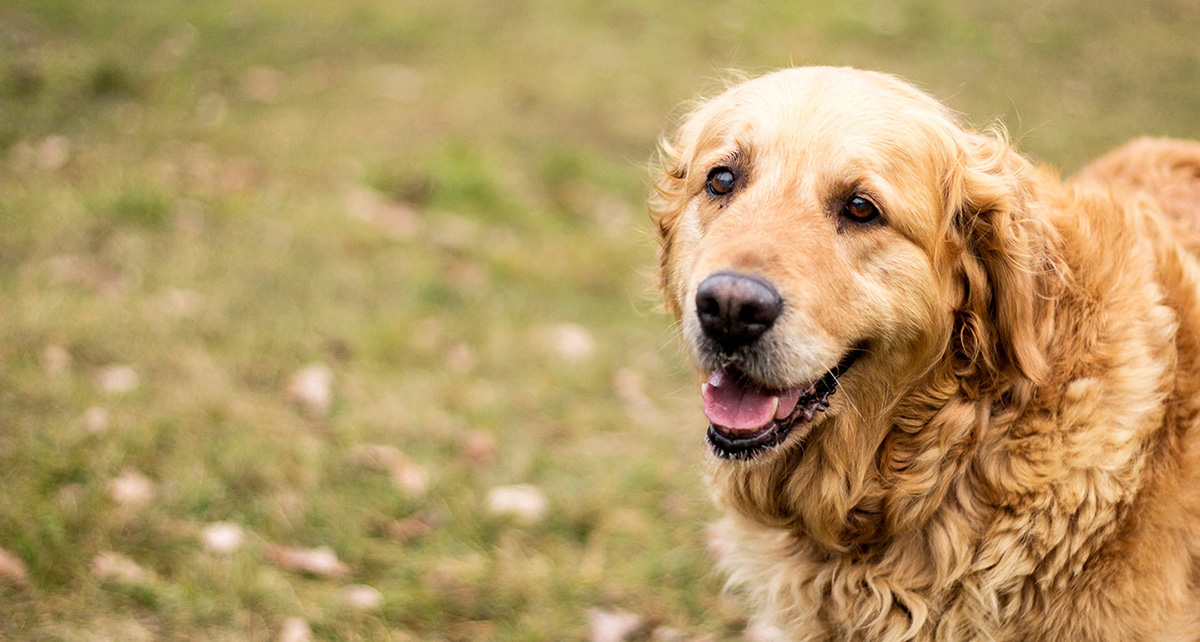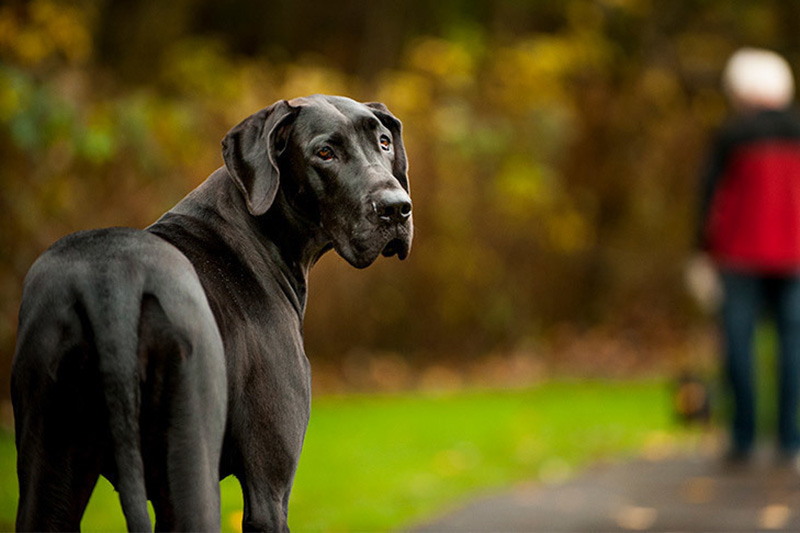Dog hip dysplasia, also known as canine hip dysplasia (CHD), is a chronic hip ailment that affects dogs of all ages. It is not only common in mature, large breeds dogs, but also can affect young hyperactive dogs!
Contents
What is Dog Hip Dysplasia?
Dog hip dysplasia is a malformation of the hip joint. The bones painfully rub together and the hip joint becomes unstable when pieces of the joint do not fit together normally. As time goes by, loss of cartilage can result in chronic pain or lameness, and cause long-term degenerative joint disease, osteoarthritis.
Susceptible Breeds
Large-breeds dogs are more prone to suffer from hip dysplasia, nevertheless, it also occurs among small breeds.
Dog breeds that are predisposed to CHD:
- Great Dane
- German Shepherds
- Boxers
- Labs
- Pitbulls
- Australian Shepherds
Hip Dysplasia in Puppies
Although born with hips that seem normal, the puppy’s hips may develop abnormal and the ball sits loosely in the joint. If your puppy shows any symptoms as below, consult with your veterinarian to determine if your puppy need further test.
Causes
If a puppy’s parents have hip dysplasia, the puppy’s chances of getting CHD are more than doubled. Moreover, since over weight and lace of exercise can put extra pressure on a dog’s joints, improper diet and insufficient exercise can also cause hip dysplasia.
Signs & Symptoms of Hip Dysplasia
Difficult to get up and jump to chairs, they may become depressed and reluctant to play anymore. Pain, joint looseness, limping, and loss of muscle mass are also possible. Once your dog is showing signs of canine hip dysplasia, visit your veterinarian right now.
Diagnosing
A diagnosis of hip dysplasia must come from a professional veterinarian. The first step toward identifying CHD would be a physical assessment of dog mobility. Follow-up steps will include a physical exam to test for discomfort or stiffness in the hip joints, and x-rays to confirm the disorder.
Don’t panic if your dog is diagnosed with hip dysplasia! There are several approaches to help your fur baby enjoy a wonderful, happy life with you.
How long can dogs live with hip dysplasia?
Irreversible and progressive, hip dysplasia is a chronic condition while not terminal. Thus dogs with hip dysplasia can live to ripe old ages constantly with discomfort.
Treatment for Canine Hip Dysplasia
Although hip dysplasia in dogs is incurable, there are many effective treatments for pain relief and preventive care. Maintaining a proper diet and exercise routine should be the most basic & important treatments.
Exercise
Get your dog rid of overweight to minimize damage to its hip joint. Especially for young dogs and puppies, regular exercise will strengthen the muscles and prevent degeneration. Also, notice that excessive exercise can actually cause muscle and joint damage. Consult with your veterinarian to create a plan that works for your furry friends.
Heat Therapy
The application of heat is used to reduce stiffness and muscle spasms, increase blood flow and relieve pain, which can be used for ongoing conditions such as arthritis, hip dysplasia, and injuries. By reducing stiffness, heat therapy helps to improve joint range of motion during and after exercise. In addition to these healing benefits, heat therapy provides comfort, relaxation and anxiety reduction.
Surgery
For severe cases, surgery may be the best option for your dog. It commonly cost from $1000 to $3000 per hip for dog hip dysplasia. For more information on whether and when surgery would be, your veterinarian can provide you with professional suggestions!
Orthopedic Braces
For non-invasive and conservative management options, dog hip braces should be a choice. Braces can provide support and stability to minimize pressure on dog joints, and allow for post-surgical healing or pain-free exercise. Braces are available in different sizes for meeting your different requirements. We highly recommend bracing combined with exercise as early as possible to slow down the progression of the disease.
Medication, Supplements, and Therapies
Veterinarian-approved medication, including anti-inflammatory medications and joint supplements, may also be helpful to reduce swelling, ease pain and strengthen your dog’s joints. In addition, acupuncture, animal chiropractic, massage therapy, and physical therapy can help reduce pain.
Photo Credits: Canna Pet | AKC



















